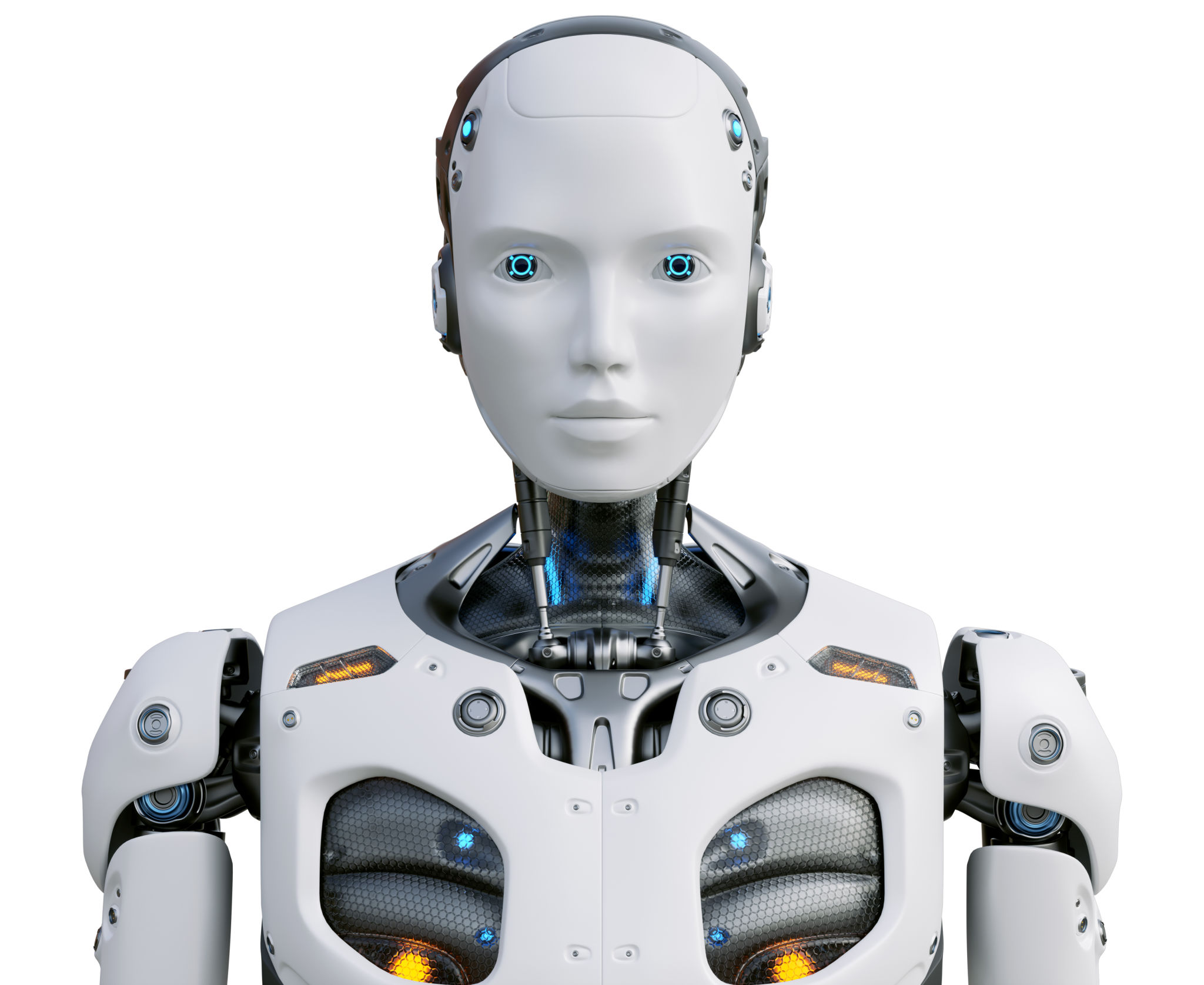The Role of Inspection Robots in Enhancing Industrial Safety
Introduction to Inspection Robots
In the ever-evolving landscape of industrial operations, ensuring safety is paramount. One of the most groundbreaking advancements in this realm is the introduction of inspection robots. These automated machines have become a cornerstone in enhancing industrial safety by performing tasks that are either too risky or impossible for humans to undertake. As technology continues to advance, the role of these robots in maintaining safe working environments is becoming increasingly significant.

Enhancing Safety through Automation
Inspection robots are designed to operate in hazardous environments where human presence would be perilous. By automating routine inspections, these robots significantly reduce the risk of accidents and health hazards. They can navigate confined spaces, handle toxic materials, and work in extreme temperatures, ensuring that human workers are kept out of harm's way. This automation not only enhances safety but also boosts overall efficiency by reducing downtime and maintenance costs.
Advanced Technologies Underpinning Inspection Robots
The effectiveness of inspection robots is largely due to the advanced technologies they incorporate. Equipped with sensors, cameras, and AI-driven analytics, these robots can detect anomalies that might go unnoticed by the human eye. For instance, thermal imaging can identify overheating components, while ultrasonic sensors can detect structural weaknesses. The integration of AI allows these robots to analyze data in real-time, providing immediate insights that are critical for preemptive maintenance and safety measures.

Diverse Applications Across Industries
Inspection robots are utilized across a broad spectrum of industries, each with its own unique challenges and requirements. In the oil and gas sector, they inspect pipelines for leaks and corrosion. In manufacturing, they monitor machinery to prevent malfunctions. The construction industry uses drones for aerial inspections of large structures. These diverse applications demonstrate the versatility and adaptability of inspection robots in enhancing safety across various industrial contexts.
Cost-Benefit Analysis
While the initial investment in inspection robots can be substantial, the long-term benefits often outweigh the costs. By preventing accidents and minimizing operational disruptions, these robots contribute to significant cost savings. They reduce the need for manual inspection teams and lower insurance premiums by maintaining safer working environments. Moreover, their ability to perform inspections swiftly and accurately means that industries can maintain higher operational standards without compromising on safety.

The Future of Inspection Robots
As technology continues to evolve, the capabilities of inspection robots are expected to expand even further. Innovations in AI, machine learning, and robotics will lead to more sophisticated models capable of performing even more complex tasks. Future developments might see robots equipped with autonomous decision-making abilities, further reducing the need for human intervention in hazardous environments. These advancements will undoubtedly enhance industrial safety standards and operational efficiencies.
Challenges and Considerations
Despite their numerous benefits, the deployment of inspection robots is not without challenges. Companies must consider factors such as integration with existing systems, employee training, and data security. Additionally, there is a need for ongoing maintenance and updates to ensure these robots remain effective in their roles. Addressing these challenges is crucial for maximizing the potential of inspection robots in industrial safety applications.
Conclusion
Inspection robots play a pivotal role in enhancing industrial safety by performing tasks that would otherwise pose significant risks to human workers. Through automation, advanced technologies, and diverse applications, these robots offer substantial benefits across various industries. As we look to the future, the continued evolution of inspection robots promises even greater improvements in safety standards and operational efficiencies.